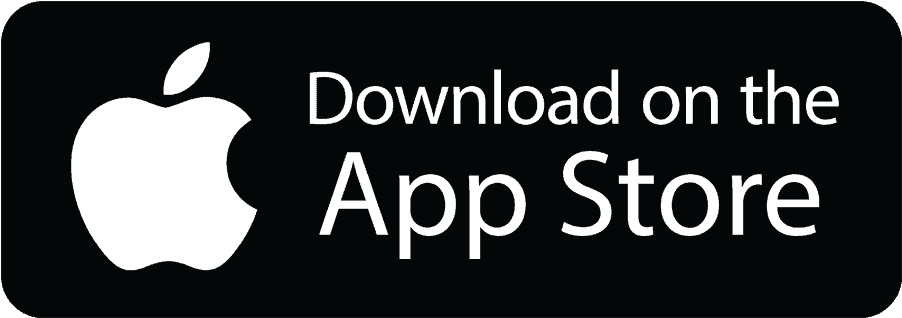There is actually a science behind what makes training videos great.
So you may think that you’re a visual learner. Or maybe you believe you learn best through hearing information? Well, you may need to think again. Evidence has emerged that neuroscience has much to offer to the field of learning. This means the past few decades’ popular “learning styles” models are being dispelled.
The word “neuroscience” may seem off-putting to some, but the concepts applied are not as complicated as might be imagined at first glance. Getting the brain to learn requires creating the conditions through which it can respond effectively to stimuli (called neuroplasticity). Neuroplasticity, or brain plasticity, refers to the brain’s ability to CHANGE throughout life. It has the unique ability to reorganise itself by forming new connections between brain cells (neurons).
One of the founders of modern neuroscience, Donald Hebb, showed that neurons that continued to activate one another in this way strengthened their connections – “Neurons that fire together, wire together” became Hebb’s Law and is a fundamental principle to how we learn.
To simplify this law, let’s look at it another way. Our brain cells communicate via synaptic transmission – one brain cell releases a chemical (neurotransmitter) that the next brain cell absorbs. This communication process is known as “neuronal firing.” When brain cells communicate frequently, the connection between them strengthens. Messages that travel the same pathway in the brain over and over begin to transmit faster and faster. With enough repetition, they become automatic. That’s why we practice things when we learn a new skill, like how to serve when playing tennis. After a while, it just becomes second nature.
While more research is underway on the neuroscience of learning, there is compelling evidence for its basis in science. Evidence suggests that a model called A.G.E.S. can be used to apply these latest learnings in developing training videos.
The A.G.E.S. acronym stands for:
- Attention – Focus is a crucial factor in learning retention. To optimise conditions for effective long-term learning, people must pay full attention to the topic. The key is to minimise distractions by creating short videos relevant to the skill that needs to be improved or the problem that needs to be solved.
- Generation – Your training videos must prompt people to create their mental links. You can do this by helping them tie new information to their role or job context. What they do with the information once it is taught significantly impacts memory. Get people to practice what they have learned as soon as they can.
- Emotion – Creating interaction between people and triggering positive feelings of social rewards are good ways to inspire emotive responses. Social tools like Likes, Comments and Shares on videos can serve two purposes: to motivate internal content creators to create more content and help people retain what they have learned.
- Spacing – Long-term retention is improved when we learn over spaced intervals versus large information dumps. This is one reason that microlearning has become so popular. But just as the chunking down of the information is essential, so is the spacing of it. Training videos should be easily discovered, relevant to the key learning nuggets and bookmarked so they can easily be re-watched.
Research shows that learning retention and recall are linked to the strength of activation of the learner’s hippocampus (a specific part of the brain). The more you can design your videos to activate it, the more people’s retention rates will improve. Each of the four elements of the A.G.E.S. model plays a crucial role in doing just that.


